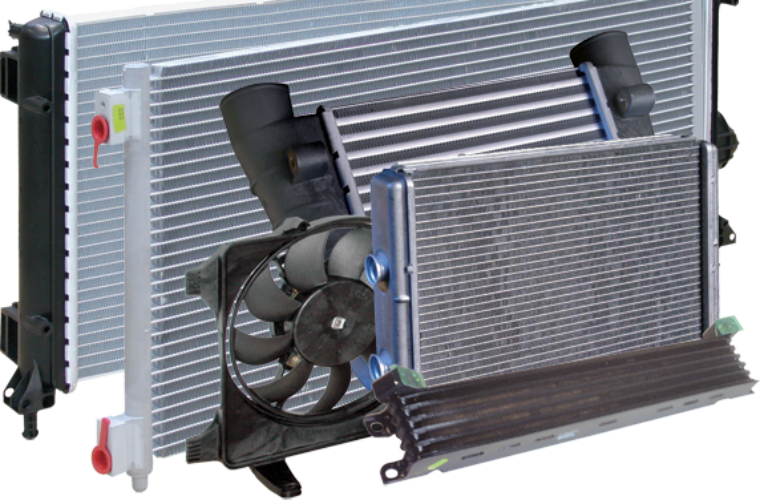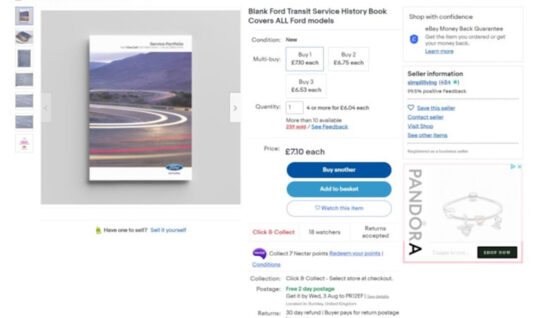DENSO’s engine cooling products are fitted, as original equipment (OE), to a quarter of European cars, so they are the ideal choice for technicians.
DENSO has the knowledge and experience to inform Views readers of the quality that its aftermarket programme provides.
Advanced and environmentally-driven, DENSO’s thermal products are the market leaders, not just in Europe, but, worldwide, with a 30% share of the OE thermal market.
Demonstrating its credentials, DENSO develops A/C and engine cooling systems for the likes of Audi, BMW, Mercedes, Toyota, Porsche and Volkswagen.
The engineering quality that goes into making these components has filtered down to the independent aftermarket, as DENSO only offers OE thermal management products.
Delving into the range itself, it comprises of radiators (1,200 part numbers), intercoolers (130 part numbers), cooling fans (200 part numbers), cabin blower fans (180 part numbers) and heater cores (70 part numbers).
Radiator installation tips
Focusing on radiators specifically, the part is at the heart of the engine cooling system, releasing the heat extracted from the engine into the atmosphere.
Traditionally, the radiator is located at the front of the vehicle, near to the air intake, in order to exploit the dynamics of speed while the car is on the move.
Radiators fitted within vehicles that are equipped with an A/C system will, typically, be larger and more powerful, in order to dissipate the heat discharged by the condenser; however, DENSO’s radiators are smaller, lighter and offer greater heat exchange than most of its competitors.
This is possible because DENSO’s radiators are designed meticulously, co-developed with A/C experts and made to deliver an efficient performance; for instance, a DENSO radiator with a 0.2 sqm front surface features more than 6 sqm of cooling surface on its fins.
Other key features include ‘blaze welding’, which creates a closer contact between tube and fin for more efficient heat transmission, ‘mechanical deformation’, which means the tube is ‘pressed’ against the fin, offering less contact but a lower production cost.
DENSO technical guru, Mike Sadler’s top tips
- Check that the part number is correct via cross-referencing.
- Before installation, inspect the new part carefully, including the size and fitment of ancillary parts, such as caps, switches and sensors.
- Carefully examine the radiator hoses and connections, and then replace any with new OE parts, where necessary. Failure to do so can cause radiator failure. The most common problem is coolant leakage, resulting from defective or worn seals.
- Thermostats and caps are also susceptible to faults, which is usually due to inherent defects in the radiators, but faults relating to OEM and matching quality replacements are rare.
- Avoid inferior alternatives! This may sound like simple advice, but research has shown that buying cheaper will cost more in the long run, as too often cheaper can mean inferior quality.
- Be careful to avoid physical damage while handling and installing.
- Don’t forget to inspect any defective radiator mountings – bushes and rubbers – which can be easily-repaired before installing the radiator.
- Coolant antifreeze concentration is also subject to certain regulations, as outlined by the vehicle manufacturer (VM). When fitting a new radiator, be sure to check that the correct concentration has been used.
- As the radiator releases heat, which is exchanged from the engine into the air, check the performance and operation of the electric cooling fans after the new radiator has been installed.
- If in doubt, check the VM’s guidelines. VMs provide best practice information and procedures for each vehicle it manufactures. Block Exemption Rules ensure this information is freely-available to technicians.
For further information about DENSO, select ‘more details’ below.







